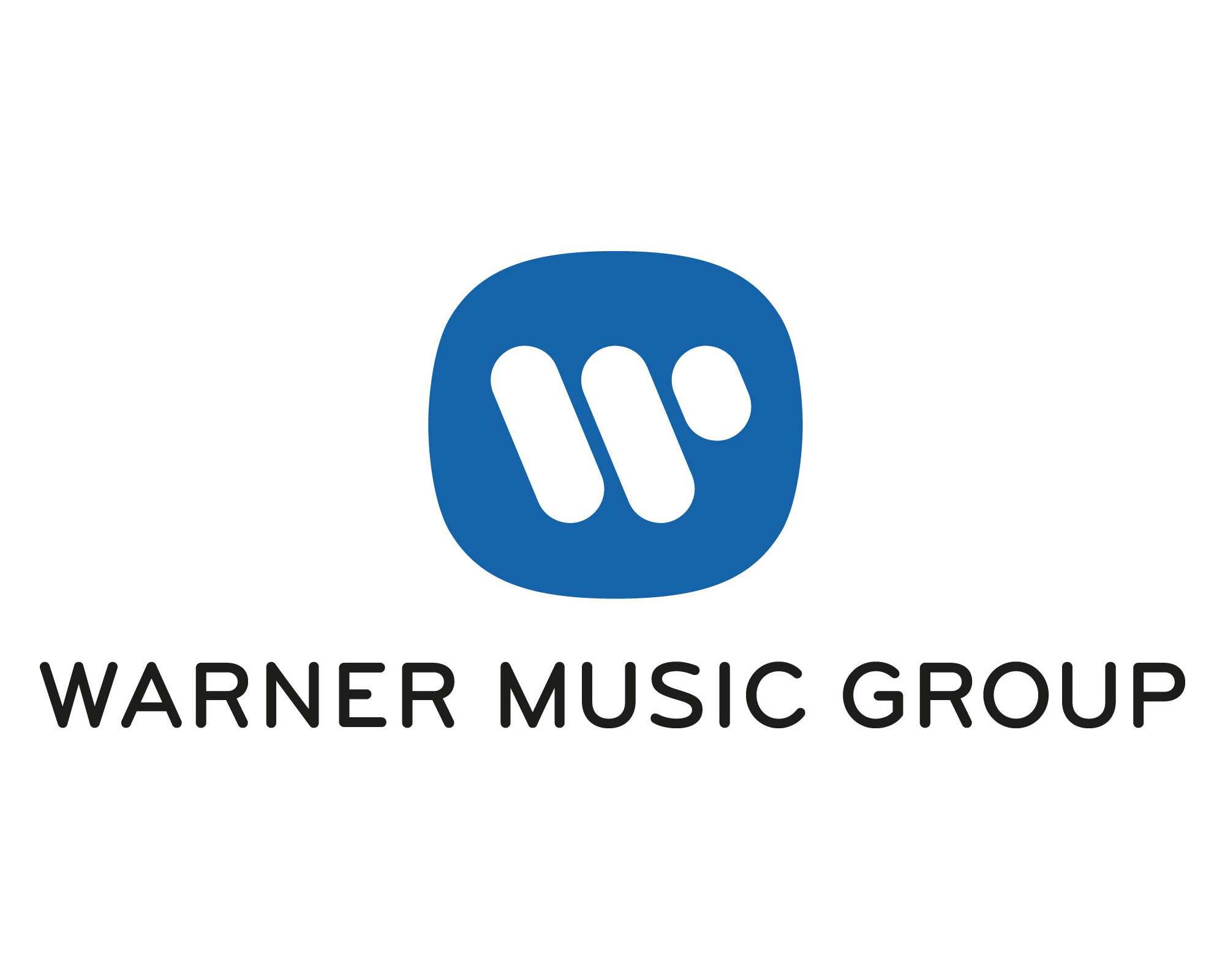
Thus there is an overlap between labels use in the period of changeover. Release was at best three months and in some cases several years after the session date. Actual timing of release was dictated by Alfred Lion’s commercial judgement, and vinyl was pressed shortly before the release date, using those labels. Labels were printed generally within a few months of the recording session, part of the process to prepare each album for release. A label indicates the Blue Note address at the time the label was printed. Note: The years in which labels were in use are approximate. LondonJazzCollector Blue Note Cheat Sheet The first titles manufactured overseas were in the Liberty, United Artists and EMI period, which are covered in separate pages, for Japan and Europe. The Blue Note label had no overseas licensing agreements in the golden era (up to 1966), and US pressings were simply exported. It covers the period of the original Blue Note Records company in the decade up to 1966, and then through the hands of subsequent owners Liberty Records Inc, United Artists and EMI, through the dj compilation decade, up to the modern “audiophile” editions of the present day.
Pure music label group series#
This Guide commences in 1956, with the 12″ 1500 series microgroove vinyl LP, which I consider the beginning of modern “high fidelity” and which coincides with the beginning of use of then new condenser/valve microphones. The earliest Blue Note recordings were issued on 78 rpm shellac and then 10″ microgroove, largely the domain of the purist collector, as many of these recording (though not all) went on to be republished in various permutations on 12″ LP. The Blue Note label, from the ’50s to the present day – the definitive guide for the audiophile record collector. The Dutton Vocalion disc contains the complete stereo and quad mixes of both albums.Welcome to the m ost frequently viewed page at LondonJazzCollector! This release is a two-album single-disc compilation which also contains Chase's 1971 debut album Chase. The album was reissued in the UK on the Super Audio CD format in 2018 by Dutton Vocalion. The stereo version of the album was re-released in Japan on CD in 1997.

The quad LP release was encoded with the SQ matrix system. In addition to a conventional 2-channel stereo version, the album was also released by Epic in a 4-channel quadraphonic edition on LP and 8-track tape in 1974. Heady stuff made all the more engaging as there was sadly to be no follow-up." Release history

Where the group's first two albums were standard if scintillating jazz-rock not all that different from Blood, Sweat & Tears or Chicago, Pure Music pointed the way to fusion. In his retrospective review for AllMusic, critic Ross Boissoneau wrote that the album "represented a dramatic change in direction for the band.
Pure music label group professional#
Reception Professional ratings Review scores Also killed, along with the pilot, Daniel Ludwig (41) of Chicago and Co-Pilot Linda Swisher (26) of Wheeling, Illinois, were keyboardist Wally Yohn, drummer Walter Clark and guitarist John Emma. On August 9, 1974, while en route to a scheduled performance at the Jackson County Fair, Bill Chase died in the crash of a chartered twin-engine Piper Twin Comanche in Jackson, Minnesota at the age of 39. A number of other charts were slated for potential inclusion, including "2001" a space odyssey theme (arranged by Bob Ojeda), "Naturals" by Art Lauer, and Bill's arrangement of "MacArthur Park." Other selections, such as Bill's version of "Tubular Bells," never made it beyond the sketch stage. Work on a fourth LP was in the works and during 1974, Chase had been performing a melodic flugelhorn piece called "Ode To A New England Jellyfish" written by Bill this tune was recorded during the summer of 1974 and was only missing Bill's solo section.

There was also talk about Jim Peterik joining the band full-time. Jim Peterik had co-written two vocal numbers for the album and to be performed live as well "Run Back To Mama" and "Love Is On The Way" a third vocal version of the song entitled 'Pure Music' was scrapped from the LP because it did not sound enough like 'Chase.' Versions of "Bochawa" and "Close Up Tight" were forever being altered on the road. The over-all effect had a more "commercial" appeal and was highly popular among high school and college band students. Though much of the music released on the album had been performed by the band over a span of a year and half, the new musical direction was a departure from vocal dominated songs and focusing more on jazz/rock instrumental tunes to showcase Bill's dynamic playing style. The failure to sell the Ennea LP on a mass market forced Bill Chase to re-group several times and come up with a new musical approach the result was Pure Music. Pure Music was the third and final album by jazz-rock fusion band Chase.


 0 kommentar(er)
0 kommentar(er)
